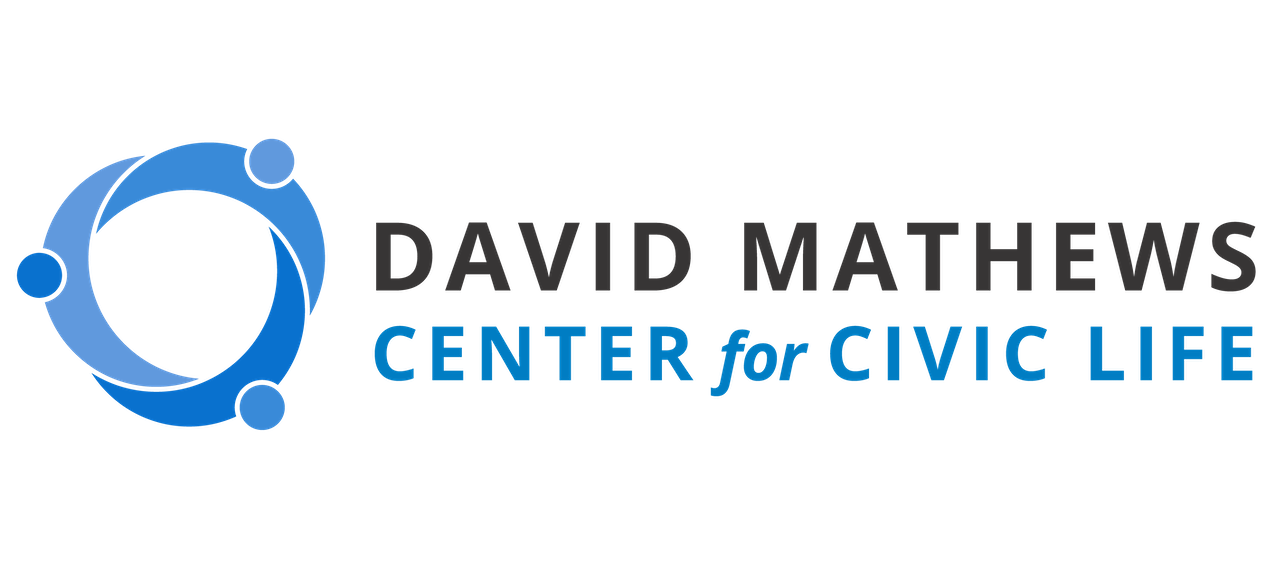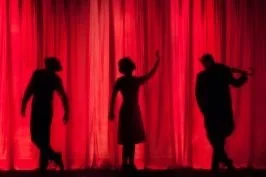Stories for Civic Skill Building: Music
Nearly as old as humankind, music is one excellent storytelling teaching tool. And, more than any other form of storytelling, music has a unique power to evoke feeling. When we listen to music our brains “light up,” triggering responses from the parts of our brain that are associated with movement, planning, attention, and memory.
Not only that, but the creation and enjoyment of music is also often a collective experience. Rarely do we think of reading a novel or watching a film as a “group activity.” However, music is often created collaboratively and enjoyed through concerts, festivals, theatre, dance, or as a part of a holiday or celebration. Learning about the musical traditions of others can be an enlightening cultural experience for students.
Below, I’m sharing online resources that can be used to explore musical traditions. The suggestions below include spoken word, theatre, dance, and traditional musical performances that can provide students the chance to explore a new perspective.
The Moth Radio Hour
The Moth, the storytelling radio hour you have probably heard on your local NPR station, is an excellent source for spoken word storytelling that introduces students to new perspectives. There’s a good chance they may also relate to many of the stories told. The Moth has put together a playlist titled “Stories for the Classroom,” which features stories about education, growing up, and self-discovery. In light of COVID19, the organization has also been adding free lesson plan ideas to it’s “Dispatches from the Moth” blog. One of my favorite lessons features “The Book War,” by Wang Ping, who tells of the joy and hope that a secret stash of banned books brought her during China’s Cultural Revolution. This lesson is a great tie-in to the ninth-grade world history curriculum and can help students better understand what it is like to live in a country experiencing upheaval, censorship, or dictatorship.
StoryCorps
StoryCorps, a project that allows everyday people to share compelling personal stories that are added to the Library of Congress, offers diverse perspectives from people from all different walks of life. These story clips (most are under 5 minutes) can be an excellent supplement to lessons about contemporary issues like immigration or historical issues like the Civil Rights Movement in Alabama. StoryCorps has also just debuted a new online platform, StoryCorps Connect, where students can record and submit their own interviews, complete with an educator toolkit.
Rock and Roll Hall of Fame
Popular music can give students insight into the fears, struggles, and hopes society experienced throughout history. The Rock and Roll Hall of Fame offers an extensive online library for educators full of music, archival material, biographies, and plenty of lesson plans to help you put them to use in the classroom. The material is free with registration to Rock Hall Edu. The portal offers excellent resources for studying 20th-century social movements, including a collection on the music of the Civil Rights movement and a collection focused on protest music, such as music from the Vietnam War protests and the United Farm Workers protests.
Smithsonian Folkways
While I’ve shared a bit about Smithsonian Folkways Native American recordings in past blogs, however, I would be amiss to not mention the many recordings they have from many cultures and countries. The catalog on the website is searchable by genre and geography, which makes finding songs, videos, and spoken word from around the world easy. I especially appreciate the many recordings they offer from musical traditions throughout Africa and Asia, which can help students better comprehend the diversity of cultures within these regions.
Theatre Traditions Around the World
Great Big Story is an excellent way to explore music, oral storytelling, and theatre traditions that can connect with world history and geography units. Their site offers stunning video clips that are typically under 10 minutes in length. There are hundreds of videos in their library and an easy to use the search feature. Some of my favorites include clips on South Korean Pansori theatre, Moko Jumbi stilt dancing from Trinidad and Tobago, and the rich tradition and competitive art of Hula.


